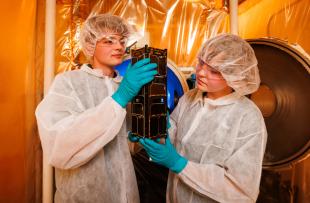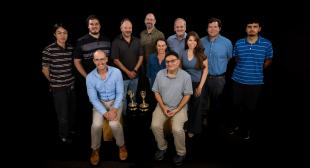Wave Generator Created by Engineering Teams Could Charge Marine Corps Batteries
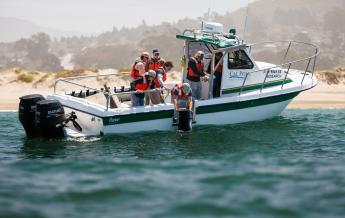
Nine Cal Poly graduates lowered their yearlong senior project — a compact wave-powered generator designed to replace the diesel units Marines truck ashore to recharge batteries in remote coastal zones — into Morro Bay’s swells in late May. Each rise and fall lifted its frame and spun its gears, sending a flicker across the voltmeter as proof that wave energy can bolster frontline missions.
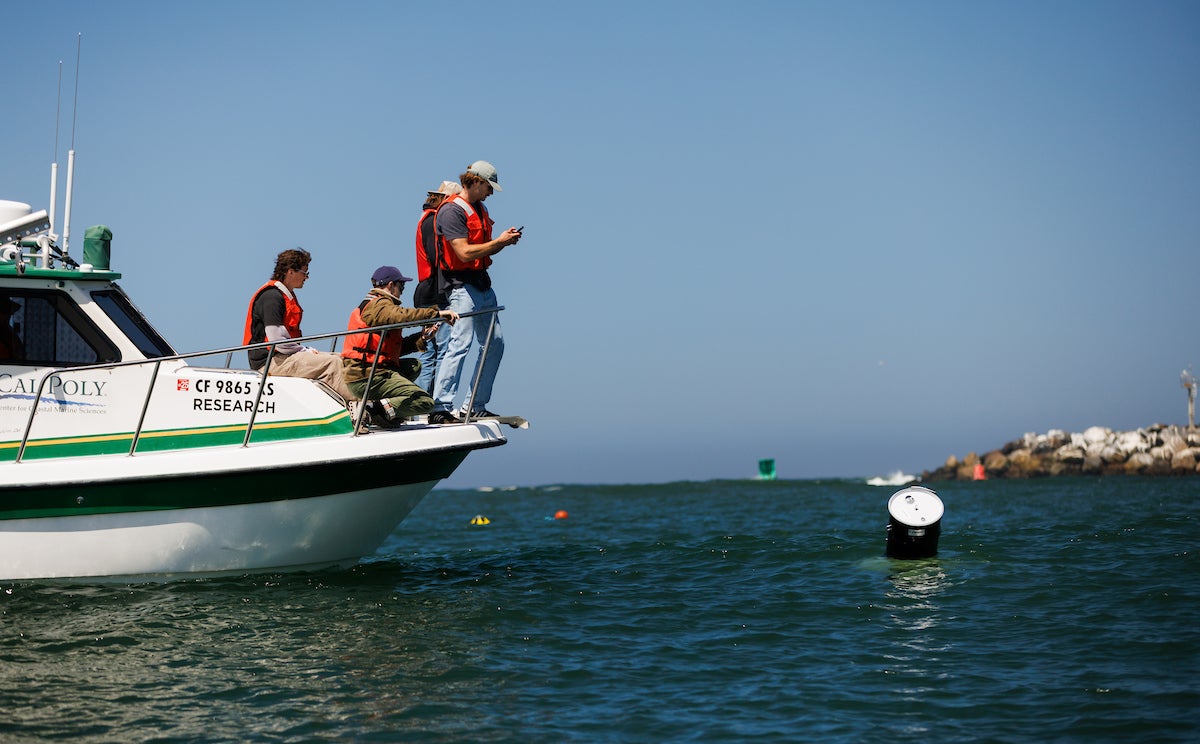
Five mechanical and four electrical engineering students teamed up with the Naval Facilities Engineering and Expeditionary Warfare Center (NAVFAC EXWC) to build the Expeditionary Ocean Power Generator.
The concept sprang from a critical need: give Marine Corps warfighters charged batteries on deployment without diesel. Rather than trucking bulky generators ashore, operators simply toss a point-absorber wave energy converter — a lightweight frame tethered to the seabed — into the surf and harvest electricity over time.
“We had to shrink existing technology and build it in our machine shops,” said mechanical engineering graduate Logan Schilling. “Hydraulics would’ve been overkill; gears offered a compact, reliable solution.”
Weighing just 30 pounds, the unit met its design goals: two people deployed it in under 5 minutes, proving fast, easy handling, and testing revealed a single person could recover it solo.
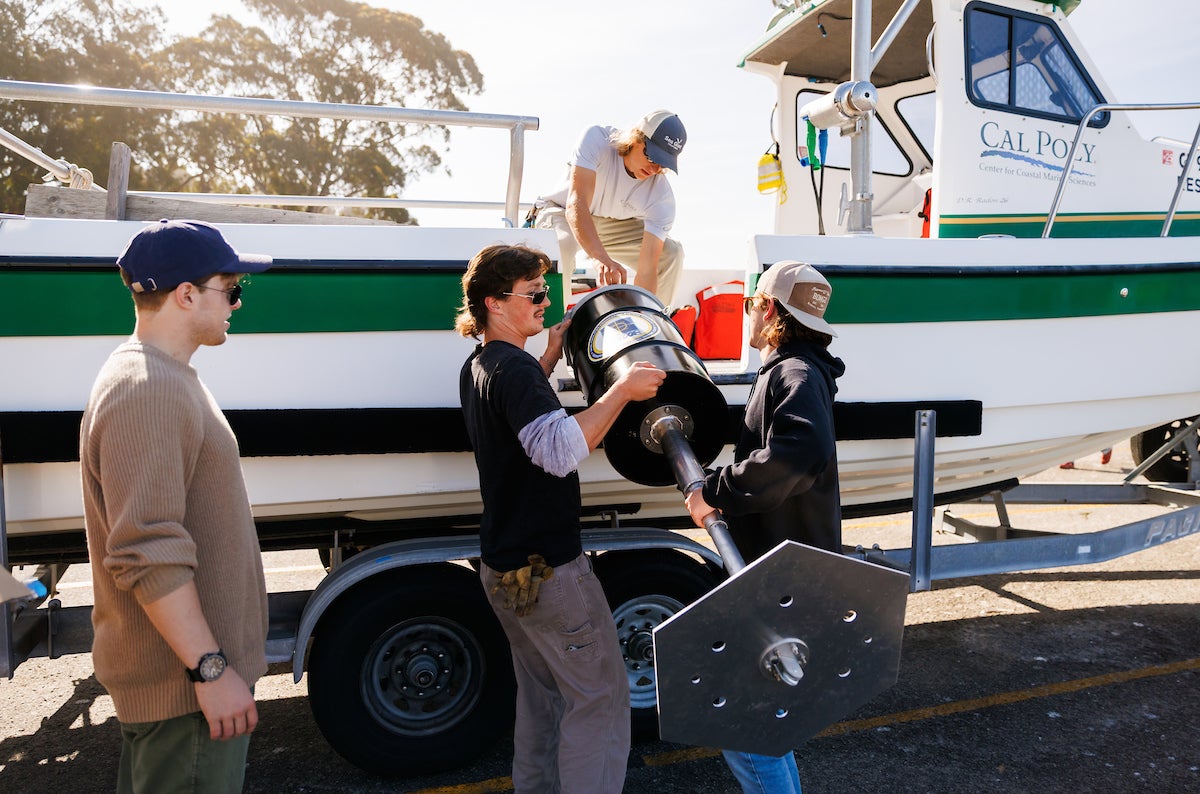
Electrical engineering graduate Julian Steele tackled wave power’s unpredictability next. The team repurposed a solar charge controller for intermittent ocean voltage. Although the generator didn’t fully charge its battery off Morro Bay, measurable power flowed, well beyond the center’s expectations. Steele stressed the harsh reality of marine environments.
“Electronics in the ocean are super difficult. We did a lot of custom work,” he said. “But we proved the generator could output voltage and prep the system for charging. Even though the controller didn’t deliver current, seeing that power flow confirmed our concept.”
Shifting from technical feats to logistics, the team kept costs near $2,000 while sourcing 115 components.
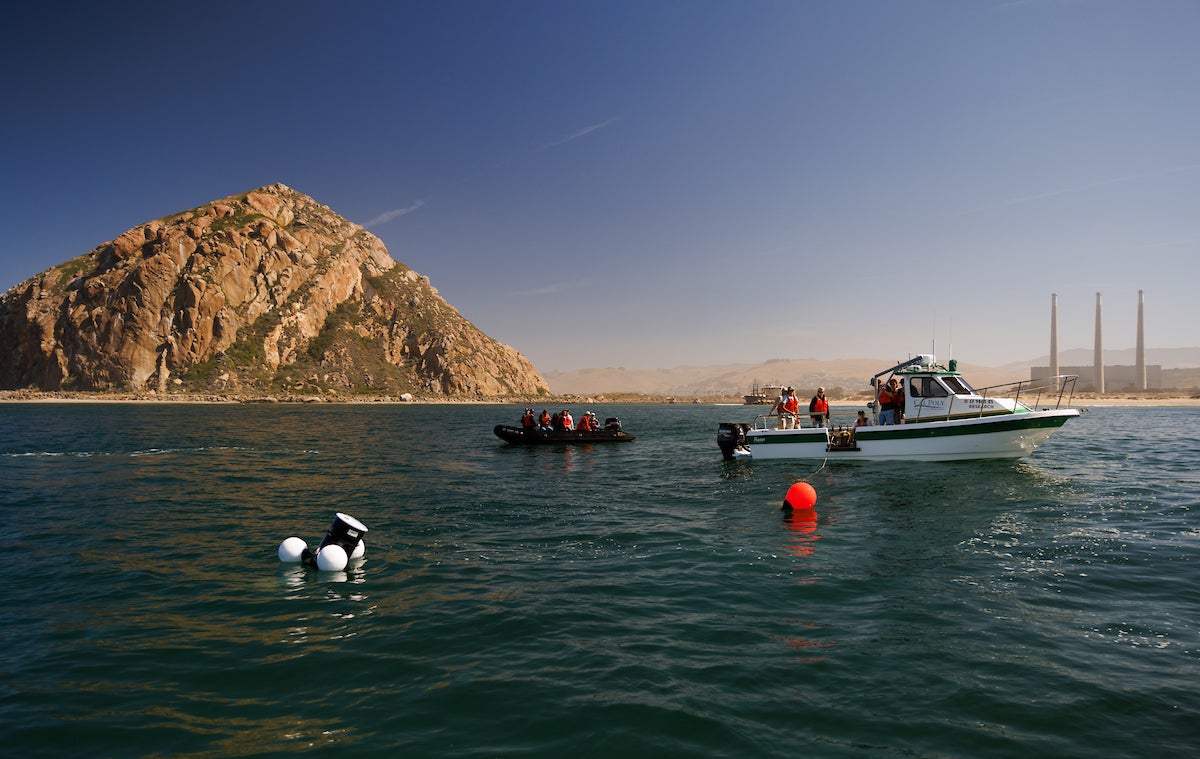
“That’s when our sponsor realized we were doing more than just a design exercise,” said mechanical lead Otto van Willigen.
Early waterproofing trials at the Cal Poly Pier confirmed seals on $1,000 worth of electronics, giving the team cautious optimism before heading offshore aboard Cal Poly’s Teaching and Learning Research vessel and the Munson boat, both operated by the Center for Coastal Marine Sciences.
Senior mechanical engineer Dennis How, who oversees the partnership for the Naval Facilities Engineering and Expeditionary Warfar Center, watched the live deployment with pride.
“We didn’t expect to field-test any hardware until next year," said How, a 1988 Cal Poly alumnus. "Their success in late May exceeded our wildest hopes and proved the concept under real-world conditions.”
Weekly check-ins with the Marine Energy Development Program at NAVFAC EXWC kept all stakeholders aligned and mirrored professional research and development workflows.
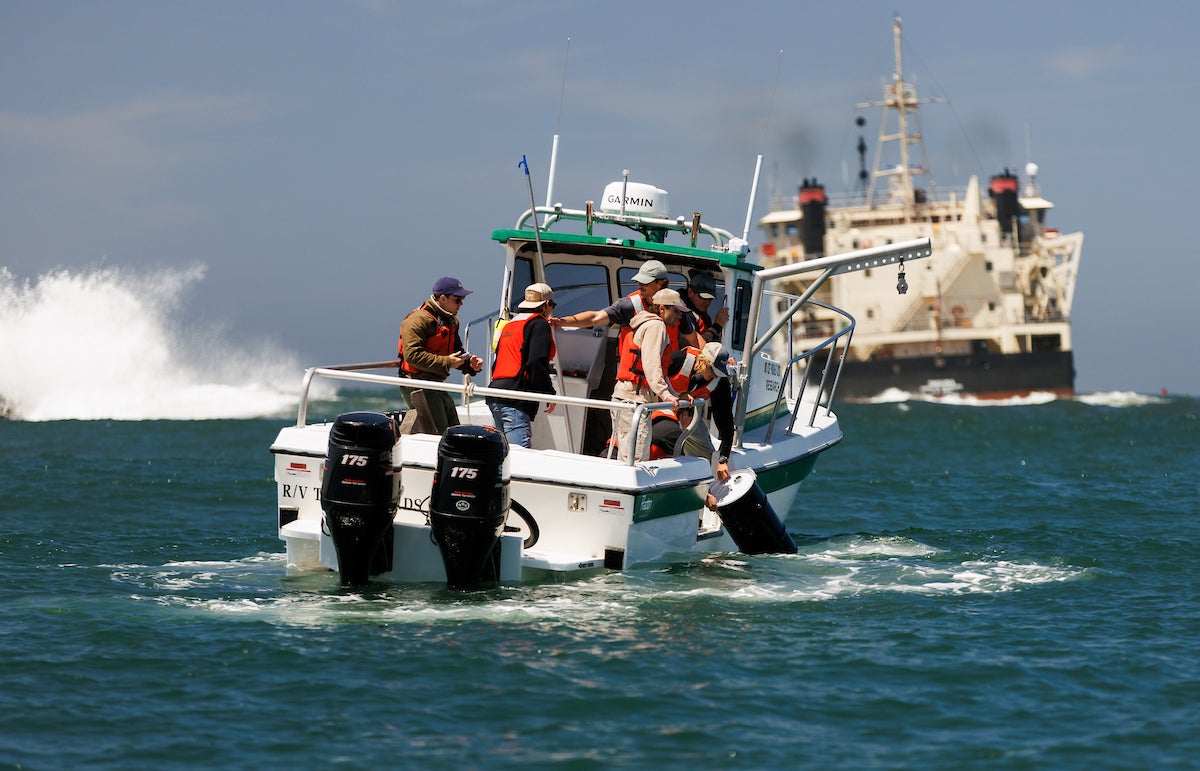
“Coordinating with faculty, the Navy and two student teams meant dozens of Zoom calls, sometimes with 20 people on a single call,” Steele recalled. “Balancing those schedules taught me leadership and adaptability.”
Meanwhile, mechanical and electrical leads exchanged design updates and test feedback in real time.
“You can’t wire a house before the walls exist,” Steele added.
For van Willigen, who grew up in landlocked New Mexico, the project reshaped his career path.
“Logging 50 hours in the shop last quarter was worth every minute,” he said. He's heading to Puget Sound Naval Shipyard, where he'll work in marine engineering and fluid mechanics.
Teammate David Nyberg offered a broader vision.
"This project proves marine energy is within reach," Nyberg said. "Wave systems could replace generators; they don’t cost much, they generate power and they can survive long term.”
Modularity was built in from day one: removable drums, plates and standardized fasteners replaced welded joints.
“We set the stage for continuous improvement,” Schilling said. “Next year’s students can redesign the heave plate or swap in new generator modules.”
NAVFAC EXWC has already signed on for a follow-on capstone in fall 2025 to expand these results, “handing the reins to next year’s team to push this technology even further,” How said, adding that collaborations like this sharpen naval readiness by tapping student creativity to solve real-world expeditionary challenges.
He also noted that the students’ final report captures hard-won lessons — from O-ring selection to stakeholder communication — so successors can hit the water running.
Looking back on that morning’s deployment, as the generator bobbed on Pacific swells, the team did more than harvest voltage. They sparked bold ideas about sustainable power at sea.
Van Willigen called the experience “Type 2 fun,” a grueling challenge that’s unforgettable once you reach the summit.
According to How, the real climb is only beginning.
“Be ready for Part 2 next year,” he said. “We’re just getting started.”
Want more Learn by Doing stories in your life? Sign up for our monthly newsletter, the Cal Poly News Recap!


